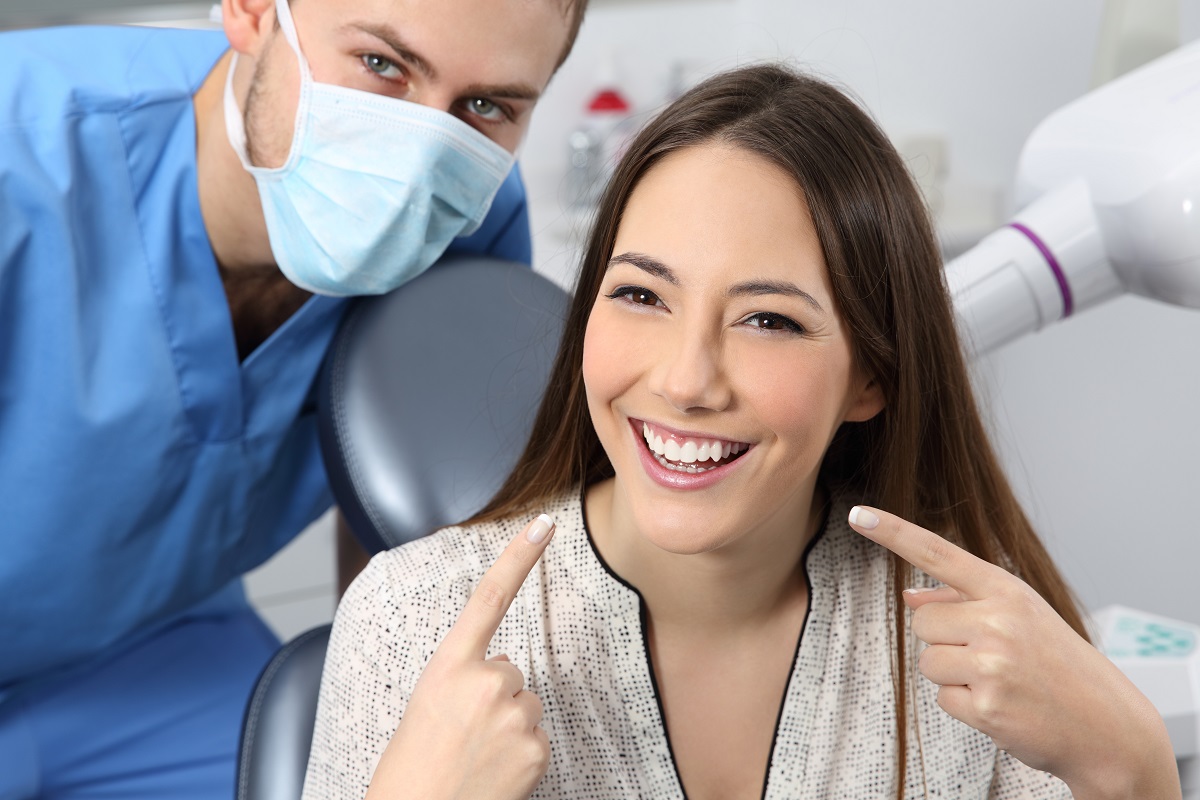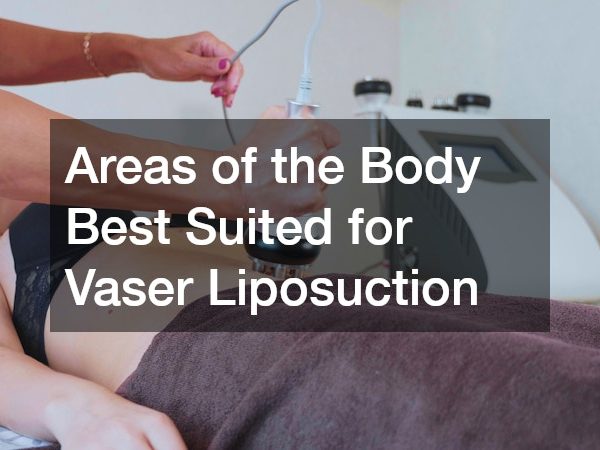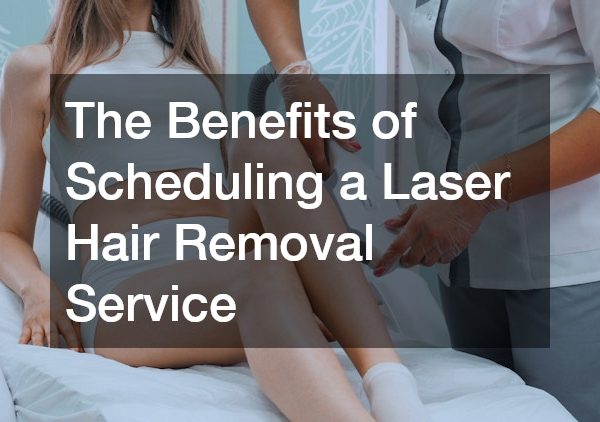Make a positive, lasting change
Now, more than ever, dentistry is becoming less and less of a response-based discipline, and is extending into the realms of the cosmetic. In the past, people would only typically call upon the services of their dentist as a way of dealing with an obvious dental issue, such as toothache or trauma. Nowadays however, patients are actively seeking out treatments and involving themselves within the process across a number of different procedures. Some feel that the rationale behind this recent surge in interest and engagement in cosmetic dentistry is due to the overall rise in social media platform usage, whilst others may speculate that TV and film play a vital role. Whatever the reasoning may be, the results are the same – more and more people across all ages are turning to cosmetic dentistry to enhance their smiles.
What are my cosmetic options?
Because of the vastness of cosmetic dentistry as a discipline, there are far too many procedures to list them all. Each procedure – from the minimally invasive, to the complete resculpting of a smile – has been designed to deal with one or more cosmetic issues or concerns that patients often have. As such, the first, crucial step for a patient who wishes to undergo any form of treatment, is to speak to a professional. By visiting your local, trusted and recommended cosmetic dental practice, patients can have all of the available options to them detailed. It also lets them explain to their practitioner the certain aspects of their smile that they are looking to change, and the degrees of treatment they are willing to go to.
Cosmetic dental realignment
One of the most widely sought after forms of cosmetic dentistry is the use of cosmetic orthodontic aligners. These can have a profoundly positive impact on the outward appearance of patients, which, in turn, can have a beneficial effect on their confidence and self-esteem. Many adults across the country live each day with teeth which are misaligned or crooked. Along with the cosmetic disadvantages of having misshapen teeth, patients are also at far greater risk of periodontal disease (gum disease) from forming. This is because tiny food particles and other bacteria can become stuck between crooked teeth, and – if they cannot be removed through brushing – it can lead to gum disease developing. Many of those who need orthodontic procedures are hesitant to undergo treatment as they are afraid of how it will impact the way they look, as traditional braces often do. Thankfully though, there is now a cosmetic option which lets patients achieve a healthier set of teeth, without drastically altering their appearance while doing so.
How do they work

Modern cosmetic dental aligners such as Invisalign do not operate through the same mechanics as traditional braces. Whilst traditional methods utilise fused brackets, the Invisalign method consists entirely of a single, plastic removable retainer. With this retainer, there are deliberately targeted pressure points that are built within its structure. When the retainer is worn, these pressure points apply force gradually to the specific teeth which need to be moved. As the retainer is transparent, and has been made from a digital rendering of the patient’s teeth to fit perfectly, when it is worn it is practically invisible. This allows patients to gently, and comfortably align their smiles without anyone suspecting they are undergoing orthodontic treatment.






